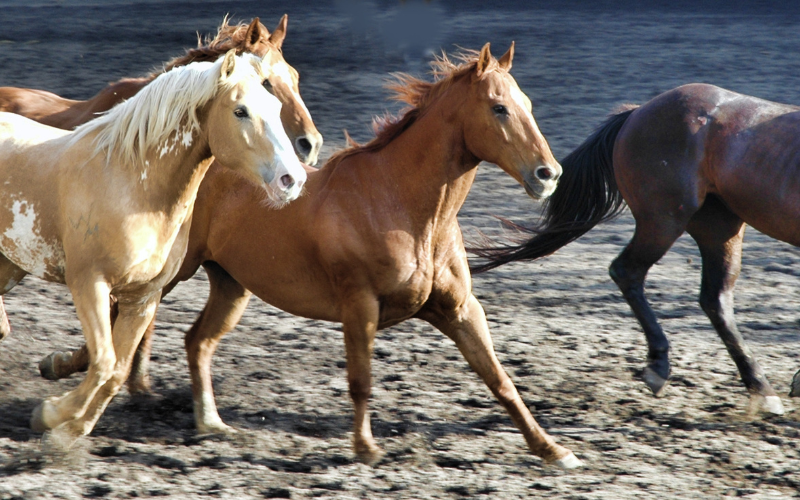Creating a vibrant, green environment has never been easier with mini turf. Whether you’re looking to transform a small balcony, enhance a sports area, or add a natural touch indoors, mini turf offers a practical and aesthetically pleasing alternative to natural grass. With its durability, low maintenance, and versatility, it’s the go-to choice for modern landscaping solutions.
What is Mini Turf?
Definition and Overview
Mini turf is a synthetic grass designed for small-scale applications. Its compact size and realistic appearance make it ideal for spaces where traditional lawns are impractical.
Why Choose Mini Turf Over Natural Grass?
Mini turf offers several advantages, such as low maintenance, adaptability, and cost-effectiveness. Unlike natural grass, it remains green all year without requiring water, fertilizer, or frequent mowing.
Reminder: Opt for high-quality mini turf to ensure durability and a natural look.
Why is Mini Turf Gaining Popularity?
Urban Living Solutions
In urban settings where outdoor space is limited, mini turf provides a touch of greenery for balconies, rooftops, and small gardens.
Sustainable Landscaping
Mini turf is an eco-friendly option that conserves water and eliminates the need for harmful chemicals like pesticides or fertilizers.
Note: Mini turf is also perfect for indoor spaces, adding an element of nature to your décor.
WH Questions
What Are the Key Benefits of Mini Turf?
1. Low Maintenance
Mini turf requires minimal care. A simple wash or brush occasionally keeps it looking fresh and vibrant.
2. Long-Lasting Durability
High-quality mini turf can withstand heavy foot traffic and extreme weather conditions, ensuring a long lifespan.
Where Can You Use Mini Turf?
1. Residential Applications
Perfect for patios, balconies, and compact gardens, mini turf enhances small spaces with its natural look.
2. Commercial and Recreational Areas
From children’s play zones to sports arenas, mini turf offers a durable and safe surface.
Comparing Mini Turf and Natural Grass
| Feature | Mini Turf | Natural Grass |
|---|---|---|
| Maintenance Needs | Minimal | High (watering, mowing) |
| Environmental Impact | Saves water, no chemicals | Requires fertilizers, water |
| Lifespan | 8–15 years | Varies, depends on care |
| Cost Over Time | Economical | Expensive |
Reminder: Mini turf is especially ideal for areas with limited sunlight or high foot traffic.
How to Choose the Right Mini Turf?
Consider Material Quality
1. UV Resistance
Ensure the turf is UV-resistant to prevent fading under sunlight.
2. Realistic Appearance
Choose mini turf with a natural texture and color for the most authentic look.
Evaluate Application Needs
1. Usage Purpose
Determine whether the turf will be used for decoration, sports, or heavy-duty activities.
2. Size and Shape
Measure your space accurately to ensure the turf fits perfectly.
Tip: Consult with a professional installer for complex layouts or unique spaces.
Common Applications of Mini Turf
Home and Garden
1. Balcony Transformations
Mini turf adds a fresh and relaxing vibe to small balconies, creating an ideal spot for leisure.
2. Compact Lawns
It is perfect for creating a small yet lush lawn in limited outdoor spaces.
Sports and Recreation
1. Play Areas
Mini turf provides a safe and durable surface for children’s play zones.
2. Indoor Sports Fields
It’s widely used for indoor soccer courts, putting greens, and fitness centers.
How to Install Mini Turf?
Preparing the Space
1. Surface Cleaning
Ensure the surface is free from debris and level to allow proper installation.
2. Adding Base Layer
Lay a suitable base, such as crushed stone, for better drainage and stability.
Placing the Turf
1. Securing Edges
Fix the edges with adhesive or nails to prevent shifting.
2. Brushing the Fibers
Brush the turf fibers upwards for a fuller, more natural appearance.
Note: Professional installation is recommended for larger or complex areas.
Benefits of Mini Turf
Cost Efficiency
While the initial cost may be higher, mini turf saves money in the long run by eliminating maintenance expenses like mowing, watering, and fertilizing.
Versatility
Its adaptability makes mini turf suitable for both indoor and outdoor applications, as well as residential and commercial spaces.
Tip: Use mini turf to create custom projects like green walls or decorative flooring.
Avoiding Common Mini Turf Mistakes
Improper Installation
1. Uneven Base
An uneven surface can lead to poor drainage and an unappealing look.
2. Skipping Adhesive
Failing to secure the edges can cause the turf to shift over time.
Neglecting Maintenance
1. Ignoring Cleaning
Regular cleaning prevents debris buildup and keeps the turf looking fresh.
2. Delaying Repairs
Fix minor damages promptly to maintain the turf’s quality and lifespan.
FAQs
1. How long does mini turf last?
High-quality mini turf typically lasts between 8 and 15 years, depending on usage and care.
2. Is mini turf safe for pets and children?
Yes, mini turf is non-toxic, soft, and durable, making it ideal for pets and kids.
3. Can I install mini turf indoors?
Absolutely! Mini turf is a versatile option for indoor spaces like offices, gyms, and even decorative walls.
4. How do I clean mini turf?
Use a hose, brush, or vacuum to remove dirt and debris. For tougher stains, mild soap and water are effective.
5. Does mini turf drain water effectively?
Yes, most mini turfs are designed with efficient drainage systems to prevent water pooling.
Conclusion: Enhance Your Space with Mini Turf
Mini turf is a versatile and sustainable solution for those looking to create vibrant, green spaces in compact or challenging environments. Its durability, low maintenance, and realistic appearance make it a popular choice for both residential and commercial applications. By selecting the right type of turf and ensuring proper installation, you can enjoy a lush, green landscape year-round without the hassle of traditional grass care.
